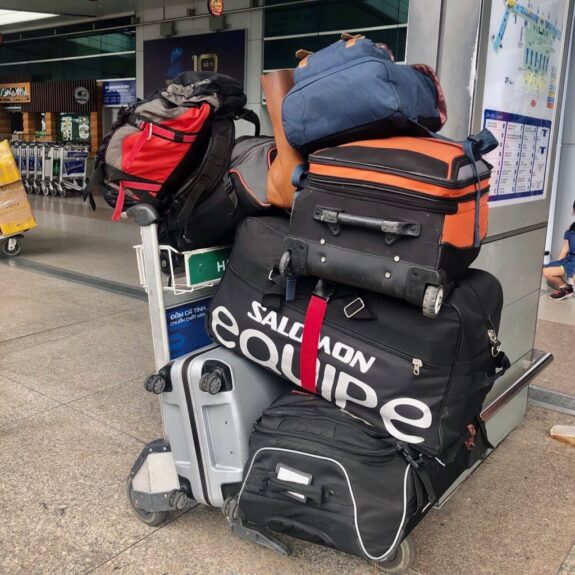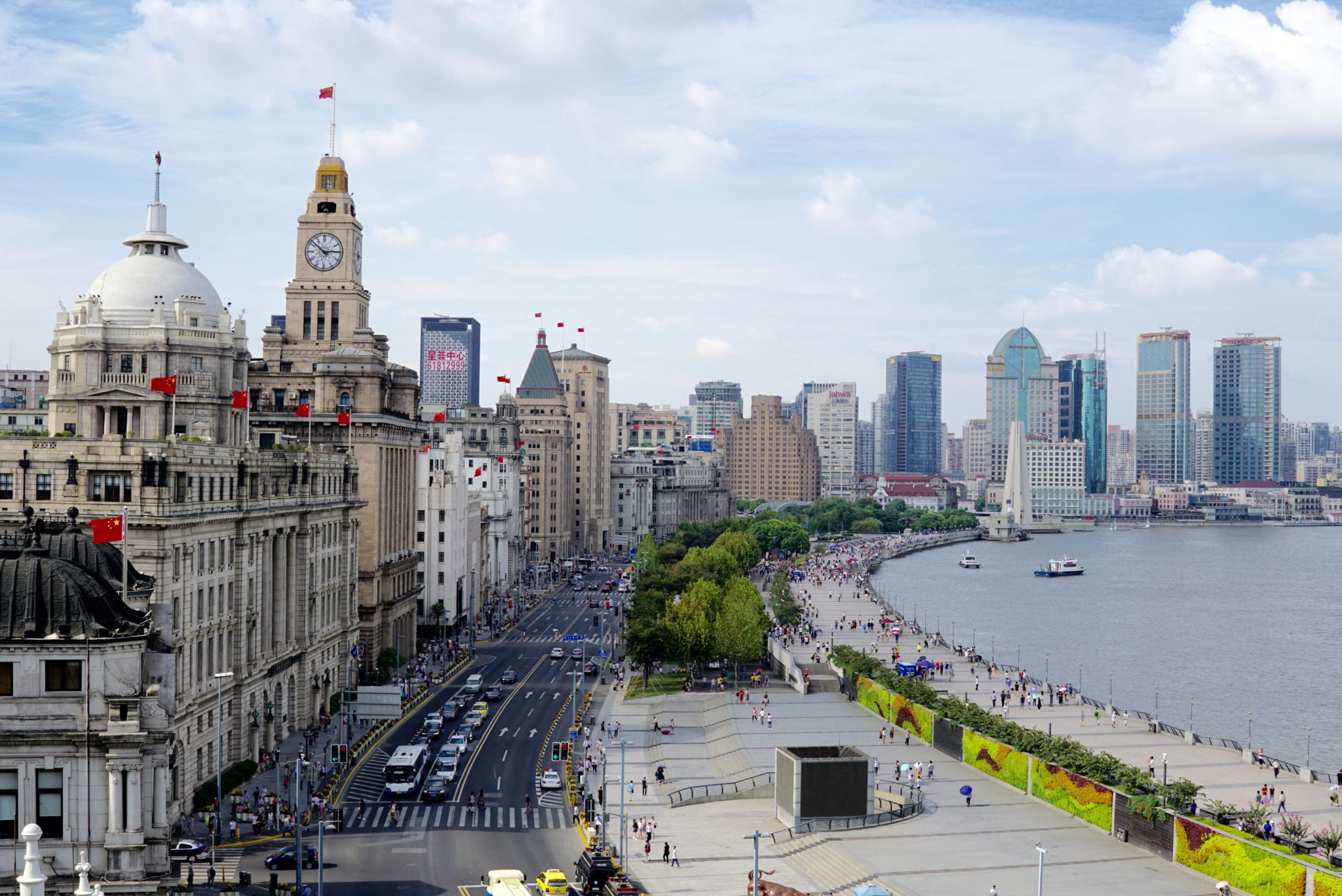Over my life thus far, I’ve made nearly a dozen international moves. I’ve never hired a moving company. Like many adults in their 20s, I used to leverage my parents’ basement as storage. My parents also moved and sold our family home over the years, meaning that option no longer exists. Fortunately, I’ve since learned to live with less. I am not an extreme minimalist by any means, but I have picked up a few tips on managing stuff and big moves.
Buying with Intention
In 2017, I began the minimalist journey to live with less. A few rounds of KonMari, coupled with the Minimalis Games, led us to sell everything we owned and try out living as nomads for a year in 2018. A year of nomad living later, we missed having a fully-stocked kitchen and our own space, so we found a home in Ho Chi Minh City (aka Saigon), Vietnam.
We signed a lease for a furnished apartment, and it was time to stock up the kitchen. Given we came with only a few suitcases worth of goods, there were many things to purchase. To avoid accumulating unnecessary stuff, I had two guidelines when we outfitted our new home:
Am I Okay to Give This Item Away in One Year?
While we bid farewell to nomadic living, our lives are still fairly mobile. Whenever we announce moving to a new country, people love to ask if we plan to settle there. The answer is always, “who knows.” I like the option to pick up and go, so I’ve set new rules. The most useful one is to buy things that I am okay with part within one year. For example, we bought an oven for $150. I made sure that I would get enough use over the next year to give it away for free.
This rule of thumb prevents us from buying “good to have” things, but not necessary. It also guarantees that we can easily part with items in the future.
Buy Used Whenever Possible
This logic of letting go of things after a year can become wasteful if not managed well. In the beginning, we spent weekends attending moving sales to buy second-hand items for the house. These days, with Facebook Groups and Marketplace, it’s pretty easy to search what people are selling and make the connection.
Indeed, it’s more convenient to go to a shop and buy everything you need at a one-stop-shop. Sometimes, it also doesn’t make sense to trek all the way across town for one item. Our strategy was to buy essential things first, then allow a one-month time frame to shop between moving sales for used items and regular shops.
Parting with Intention
Upon deciding to move back to Taiwan, we explored a few options, including hiring a moving company to avoid re-purchasing household items. Since we’ve always rented furnished apartments, we don’t own any big pieces of furniture. The decision was how many personal items we would sell and rebuy vs. pack and ship.
The moving company, Asia Tigers, straight up told me that it made more sense to simply pay for extra baggage fees with the airline based on what I described. With that, I decided that we would once again sell most of what we own for this move.
Hold Moving Sales
One of the arguments I hear is people don’t want to rebuy things they need multiple times. For me, I did a little research to see how easy it is to re-purchase what I need in the new destination; if it’s easy, then I set it in the sell pile. If difficult, I pack it. These days, everything we need is honestly pretty easy to purchase. So this really applies to things that we want. For example, I packed my spice collection because that took a while to curate, and I don’t want to repeat that process and some unique artwork.
For to sell pile, I host a moving sale. Since I’ve already received value from items that I’ve purchased, I am fine to sell them at a discount. For me, I marked everything at 50% off of what I had paid. I also have a free section with all sorts of bits and bobs of things to give away. Moving sales ensure items go to people who will actually use them. My concern with a massive donation is that stuff tends to get lost in vast piles of crap, and they don’t get used. No doubt, it takes a bit more effort, but I consider doing my part for the environment.
Take Photos of Sentimental Items
People often hold onto things for sentimental values. I used to be an avid scrapbooker and loved holding onto ticket stubs and the like. These days, I only hold onto my stamp and foreign currency collection. I find them fascinating with historical value, and they don’t take up much space. You decide what’s worth holding onto, as long as it’s with intention.
For the rest, I take photos. I find images evoke the same sentimental feelings without the actual physical objects cluttering up my life. As a writer, I still love the tactile effect of pen-to-paper writing. I have notebooks worth of bullet journal. Before each move, I take photos of my entries, save them into Day One, a journaling app, and toss the physical copies. I save each photo per the date the journal entry was written, and Day One will randomly remind me of them via its “On This Day” feature.
Less (stuff) is More (mental space)
In the end, the two of us left Vietnam with less than 100kg of things. The phrase less is more to advocate minimal living has now grown to become a bit of a cliché. We consider ourselves relatively minimal, yet once we sold everything and packed up the suitcases, it felt incredibly refreshing to sit in an empty apartment. That lightness really is freeing.
I understand the comfort of having a home base and items that you cherish. It was this desire to set some roots that we decided perpetual nomadic life isn’t for us. Nevertheless, knowing how to part with our stuff and make yet another international move at the drop of a hat has been incredibly valuable. Moving is stressful on many levels, and being able to do so without stuff weighing us down makes the process a tad easier.
I’m looking forward to setting new roots back in my childhood city, carefully curate new items that will make yet another space home.








1 thought on “International Move Without a Moving Company”